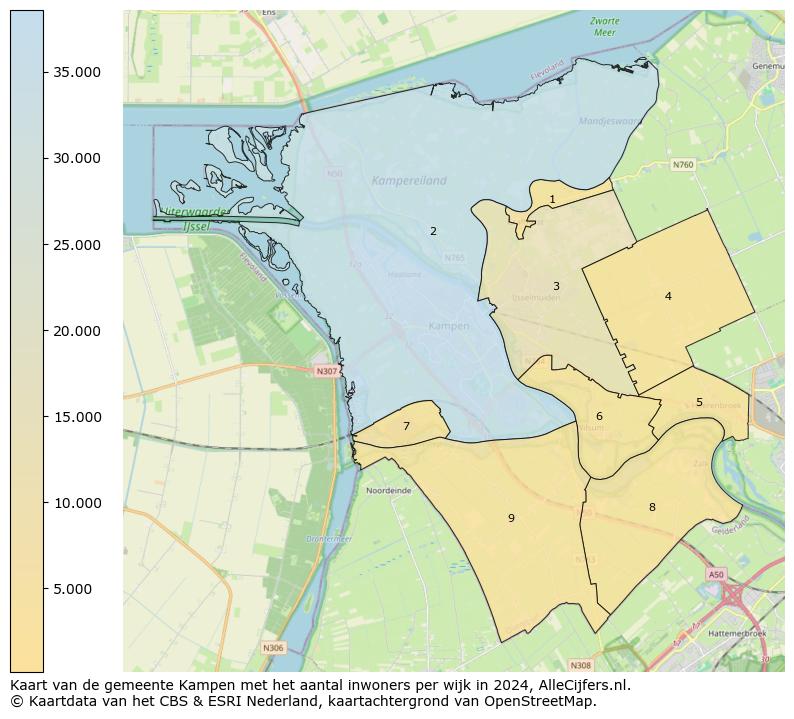Retailers Sound Alarm: Tariff-Induced Price Increases Won't Stay Away

Table of Contents
The Impact of Tariffs on Retail Costs
Tariffs, essentially taxes on imported goods, directly increase the cost of sourcing products for retailers. This increase isn't absorbed quietly; it ripples through the entire supply chain, ultimately impacting the final price paid by consumers. The effect is particularly pronounced on goods heavily reliant on imported components.
- Electronics: Tariffs on imported components like microchips and displays significantly inflate the cost of televisions, smartphones, and computers.
- Clothing and Apparel: Textiles and finished garments imported from countries subject to tariffs see dramatic price increases, affecting everything from basic t-shirts to high-end fashion.
- Furniture: Many furniture pieces incorporate imported materials, from wood to hardware, making them more expensive due to tariffs.
Here are some examples of percentage increases in import costs due to tariffs:
- Example 1: A 25% tariff on imported steel led to a 15% increase in the cost of manufacturing certain appliances.
- Example 2: A 10% tariff on textiles resulted in a 5-7% increase in the price of clothing.
Absorbing these increased costs without passing them onto consumers is nearly impossible, especially for smaller retailers with thinner profit margins. Large corporations may have more leverage to negotiate, but even they are feeling the pressure.
Passing on Increased Costs to Consumers: The Inevitable Price Hikes
Faced with rising import costs, retailers are forced to adjust their pricing strategies. The inevitable outcome: price hikes that directly impact consumer spending and purchasing power.
- Reduced Consumer Spending: Higher prices mean consumers have less disposable income, leading to decreased spending across various retail sectors.
- Shifting Consumer Behavior: Consumers may react by buying less, opting for cheaper alternatives, or delaying purchases altogether. This can lead to a slowdown in overall economic growth.
Examples of price increases across retail sectors:
- Grocery: Increased prices on imported ingredients like coffee and spices.
- Home Improvement: Higher costs for imported lumber and building materials.
- Automotive: Increased prices on imported car parts and vehicles.
This erosion of consumer purchasing power can significantly impact consumer confidence, leading to a potential downward spiral in economic activity.
The Long-Term Effects of Persistent Tariffs on the Retail Landscape
The consequences of persistent tariffs extend far beyond immediate price increases. The long-term effects on the retail landscape are potentially devastating.
- Reduced Profits & Business Closures: Sustained price increases without corresponding increases in sales volume can lead to reduced profits and, ultimately, business closures for struggling retailers.
- Job Losses: Retail business closures and reduced economic activity translate directly into job losses across the sector.
- Supply Chain Disruptions: Tariffs can encourage retailers to seek alternative sourcing strategies, potentially leading to supply chain disruptions and increased complexity.
Potential scenarios under continued tariff pressures:
- Increased consolidation: Larger retailers may acquire smaller ones, leading to less competition and potentially higher prices.
- Shift to domestic production: Retailers may invest in domestic sourcing to mitigate tariff risks, but this may not always be feasible or cost-effective.
Retailers will need to adapt by exploring new sourcing strategies, negotiating better terms with suppliers, and possibly embracing e-commerce to reduce reliance on traditional brick-and-mortar models.
Government Policies and Their Influence on Tariff-Induced Price Increases
Government policies play a crucial role in shaping the impact of tariffs. While tariffs are often implemented for reasons of national security or trade protection, their consequences on the retail sector are significant.
- Government Interventions: Governments may introduce subsidies or tax breaks to offset the impact of tariffs on specific industries or consumers.
- Lobbying Efforts: Retail associations often lobby governments to advocate for policies that mitigate the negative effects of tariffs.
Examples of government interventions:
- Successful: Targeted subsidies to help small businesses absorb increased import costs.
- Unsuccessful: Broad-based tax cuts that failed to adequately address the specific challenges faced by the retail sector.
International trade agreements can be instrumental in reducing or eliminating tariffs altogether, creating a more stable and predictable environment for retailers.
Conclusion: Retailers Sound the Alarm – What's Next for Tariff-Induced Price Increases?
The impact of tariffs on retail prices is undeniable. The evidence presented clearly demonstrates that these price increases are not temporary and will significantly impact consumers and businesses alike. Understanding tariff-induced price increases is crucial for navigating this challenging economic climate. Both retailers and consumers need to develop strategies to mitigate these impacts. This might include supporting domestic businesses, exploring more affordable alternatives, and advocating for policies that promote fair trade and minimize the damaging effects of tariffs. Stay informed about tariff developments and participate in advocating for policies that promote fair trade and lessen the burden of tariff-induced price increases, ensuring a more sustainable and equitable retail environment for all.

Featured Posts
-
 Rechtszaak Gemeente Kampen Eist Stroomaansluiting Van Enexis
May 01, 2025
Rechtszaak Gemeente Kampen Eist Stroomaansluiting Van Enexis
May 01, 2025 -
 Is Ripple Xrp Your Ticket To Millionaire Status A Realistic Assessment
May 01, 2025
Is Ripple Xrp Your Ticket To Millionaire Status A Realistic Assessment
May 01, 2025 -
 Stroomuitval Breda 30 000 Klanten Treft Elektriciteitsstoring
May 01, 2025
Stroomuitval Breda 30 000 Klanten Treft Elektriciteitsstoring
May 01, 2025 -
 Two Bartlett Texas Structures Destroyed By Fire During Red Flag Warning
May 01, 2025
Two Bartlett Texas Structures Destroyed By Fire During Red Flag Warning
May 01, 2025 -
 Xrp Price Below 3 Should You Invest In Ripple Right Now
May 01, 2025
Xrp Price Below 3 Should You Invest In Ripple Right Now
May 01, 2025
